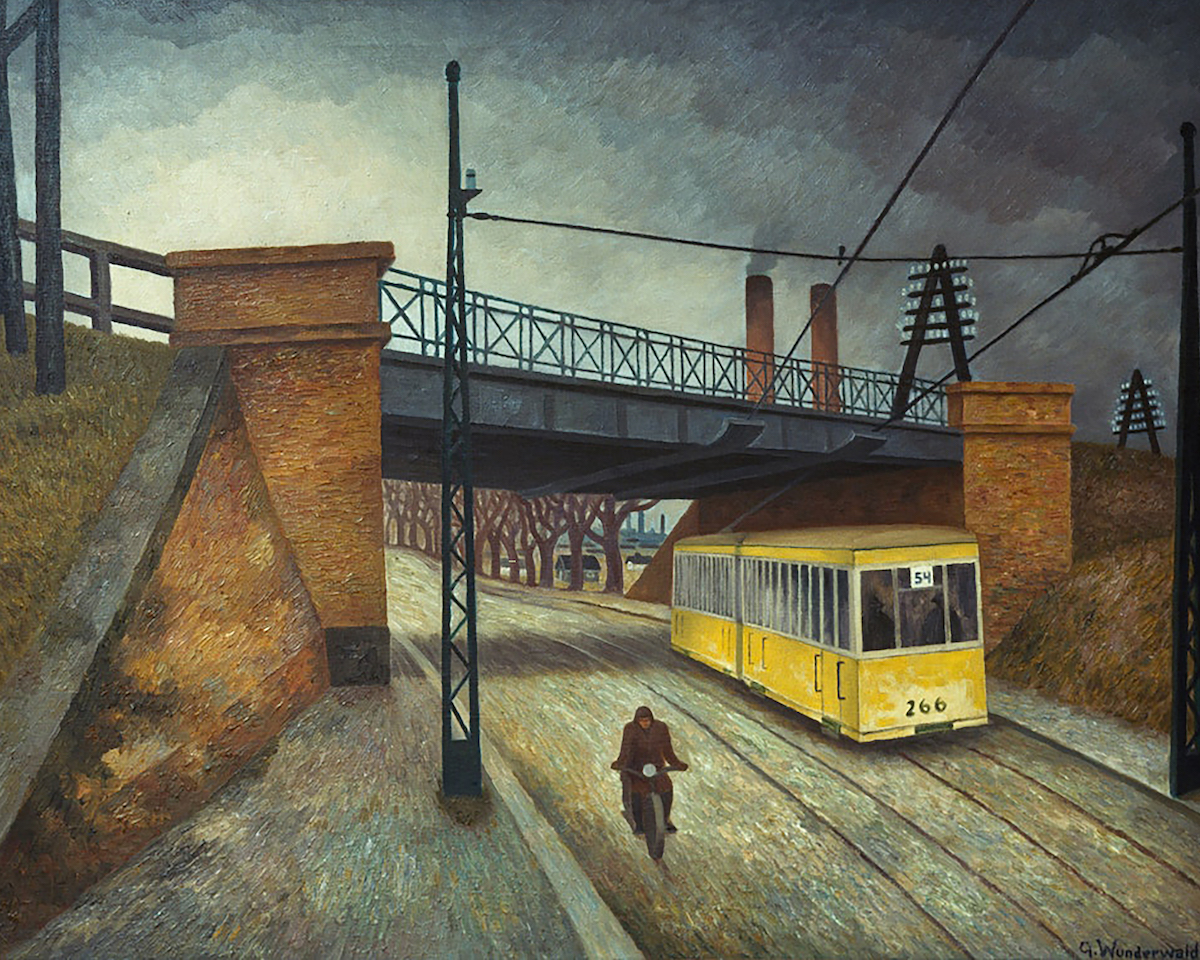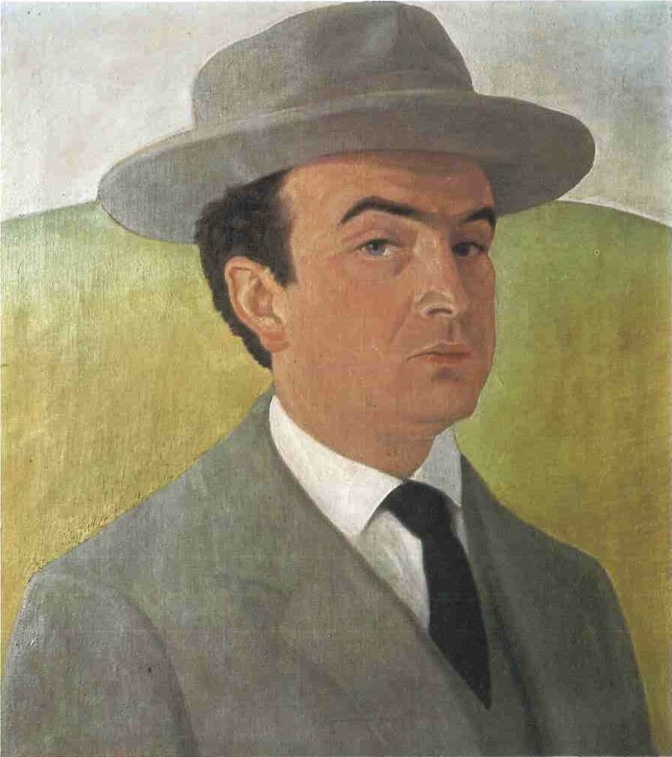Weimar Berlin wasn’t all cabaret, sex, drugs and lots of fun. The set designer and artist Gustav Wunderwald (1 January 1882 – 24 June 1945) liked to look at the other side of life in Germany’s biggest city. He avoided the decadence and any obvious comment and conspicuous sociopolitical ambitions of the likes of Otto Dix’s searing vision (1891-1969) to paint scenes of substance – the ordinary and mundane, the smoky and industrial.
His paintings show us the working-class Berlin districts of Moabit and Wedding, street canyons of Prenzlauer Berg, tenements, houses and back-to-backs in Spandau. He painted bridges, subways, train stations, billboards, as well as villas in Charlottenburg. Rural subjects included villages in the immediate vicinity of Berlin, Havel, Spree and East Prussia landscapes. People are usually absence, or reduced to the role of anonymous figures seen from behind. As he put it in 1926: “The saddest things hit me in the stomach. Moabit and Wedding grab me most with their sombreness and desolation”

An der Heerstraße (1918) by Gustav Wunderwald
As Mark Hobbs says of the painter’s work in the New Objectivity style (which rejected romanticism and emphasized social engagement) (via):
“Wunderwald’s oeuvre consists chiefly of landscapes, many of which depict Berlin and its surroundings. The gray streets of the city’s working-class areas, to the north of the city center, are just as often depicted as the cleaner, airier streets of the city’s affluent west end. Rural landscapes also figure, including views of Berlin’s lakes and the countryside around the Havel River. Despite the variety of scenes, it is for his depictions of Berlin’s working-class areas that Wunderwald is best known… Amidst the tenement blocks, factories, smokestacks, and advertising hoardings, Wunderwald found no shortage of subjects to paint. In a letter to a friend, written in the winter of 1926, he wrote: ‘Sometimes I stagger back as if drunk from my wandering through Berlin; there are so many impressions that I have no idea which way to go.’”

Brücke Ackerstraße Berlin by Wunderwald, Gustav
Berlin in June 1945 was not at all a pleasant place to be. As the dust settled on what was left of the city, blown to smithereens and now occupied by Russian and Allied forces, the landscape painter Gustav Wunderwald died from water poisoning in a hospital in the western suburb of Charlottenburg. He was sixty-three years old.
In the seventy years or so that have passed since his death, the city that Wunderwald painted over and again during the years of the Weimar Republic has been divided, rebuilt, reunified, and revived. And yet, despite the waves of history that have beat relentlessly, remorselessly against Berlin, were he alive today, Wunderwald would still recognise many aspects of the city that he painted during the late twenties. And now, with the lapsing of copyright on his paintings in many parts of the world, digital copies of these paintings are becoming more widely available, making it easier to view his work, and to better appreciate an artist who deserves wider recognition. (via)
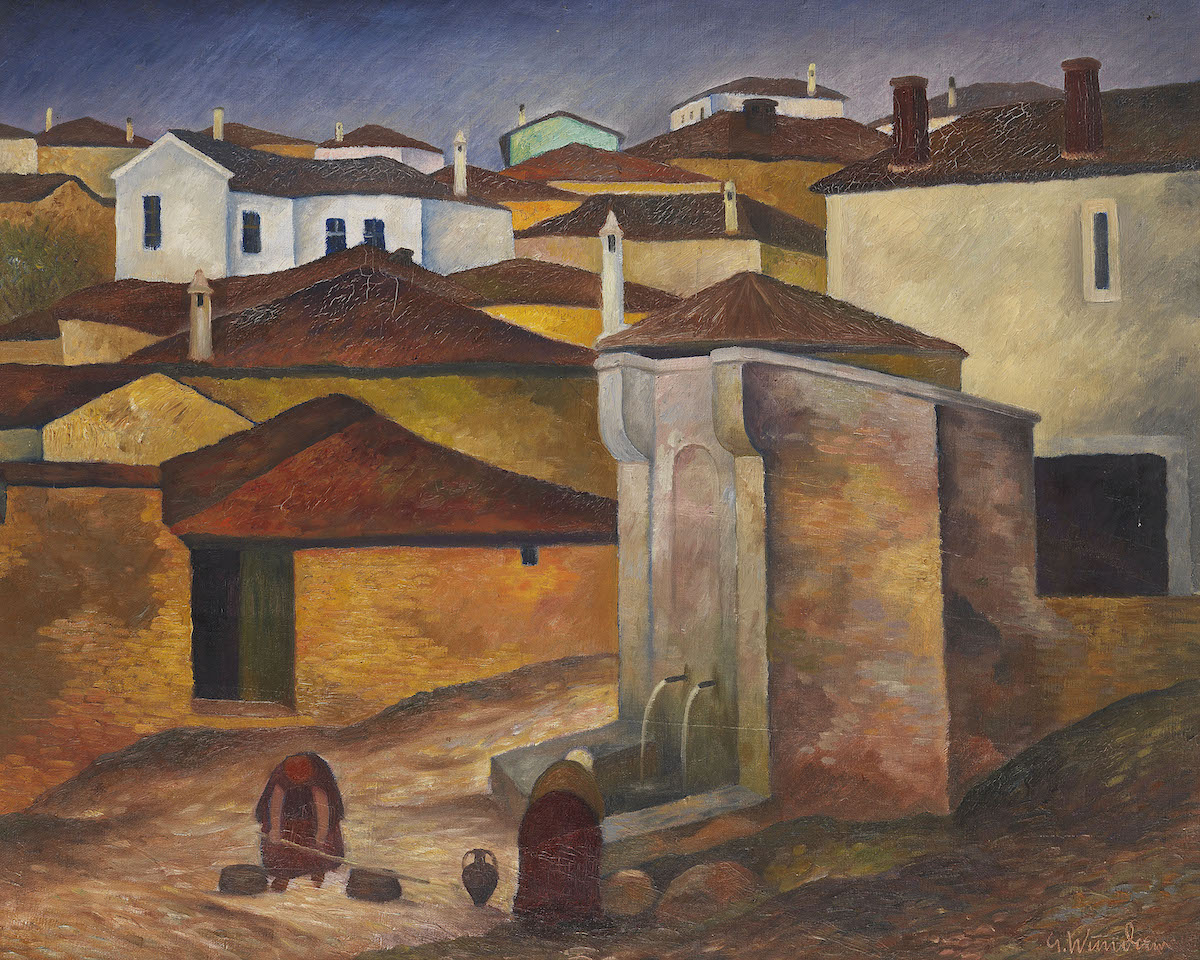
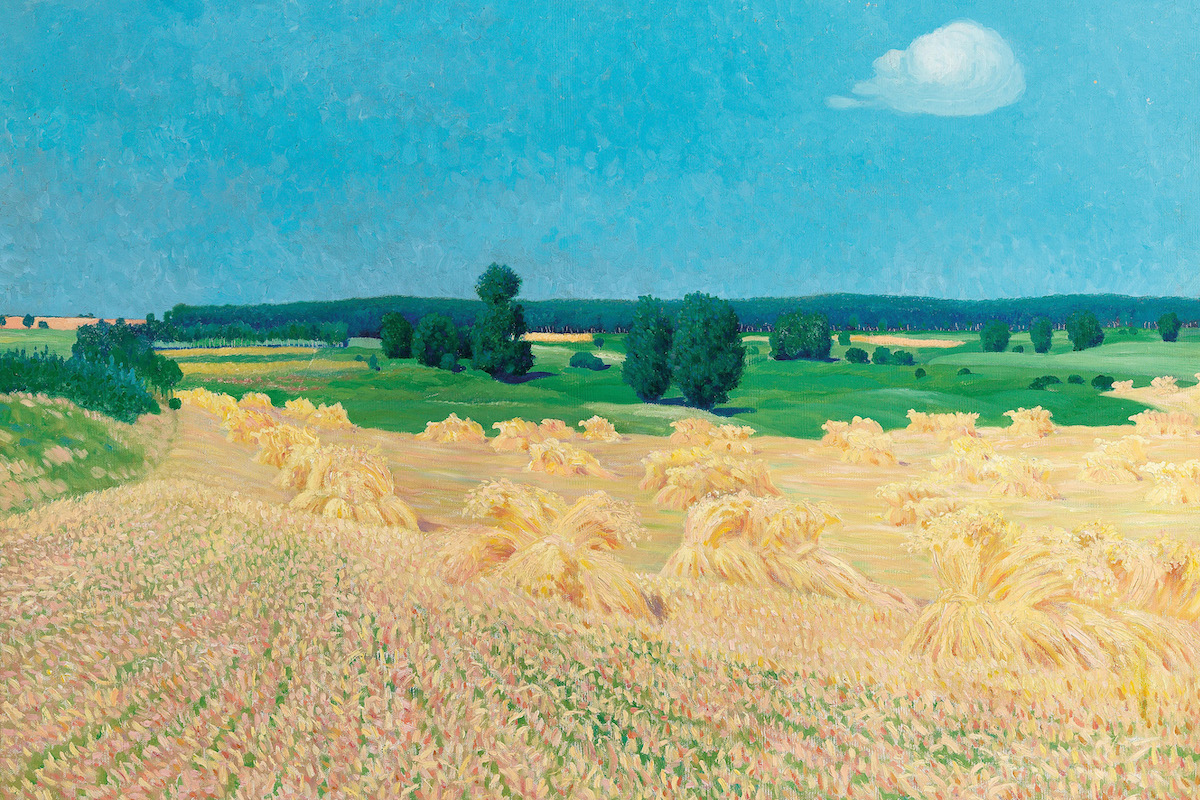
Gustav Wunderwald Sommerlandschaft 1914 (detail)
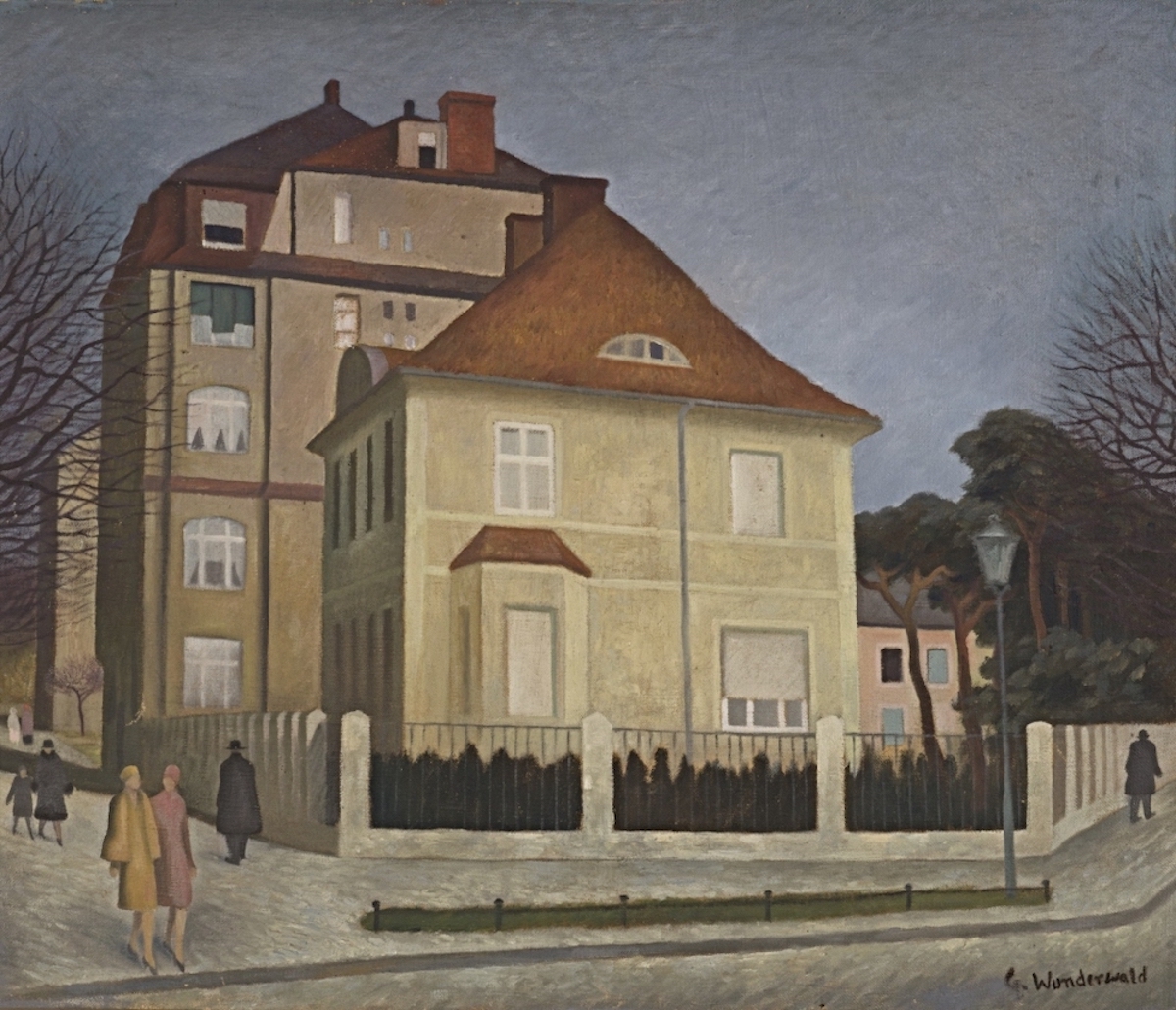
Kaiserdamm by Gustav Wunderwald – 1926
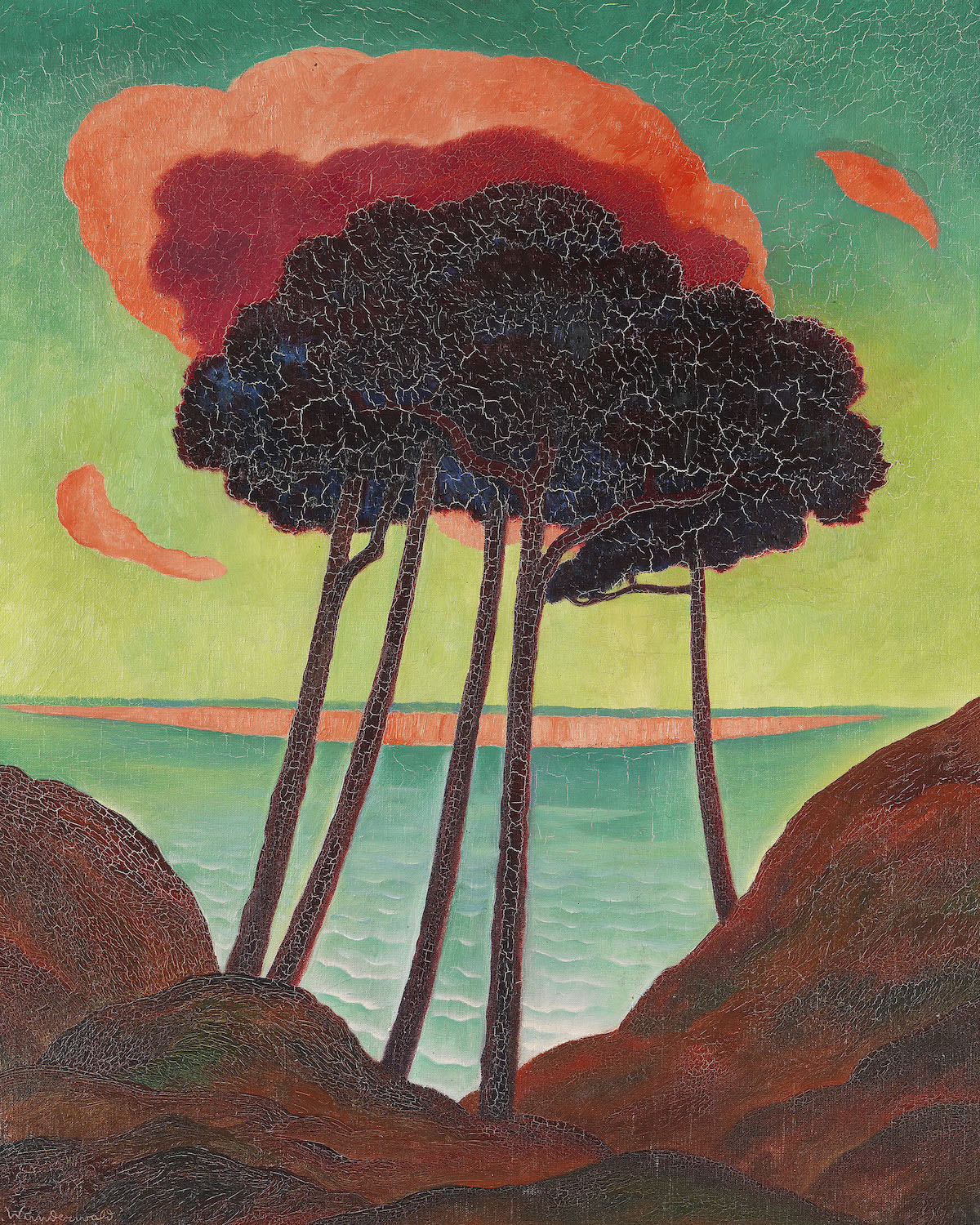
Gustav Wunderwald – Kiefern mit roter Wolke (1909)
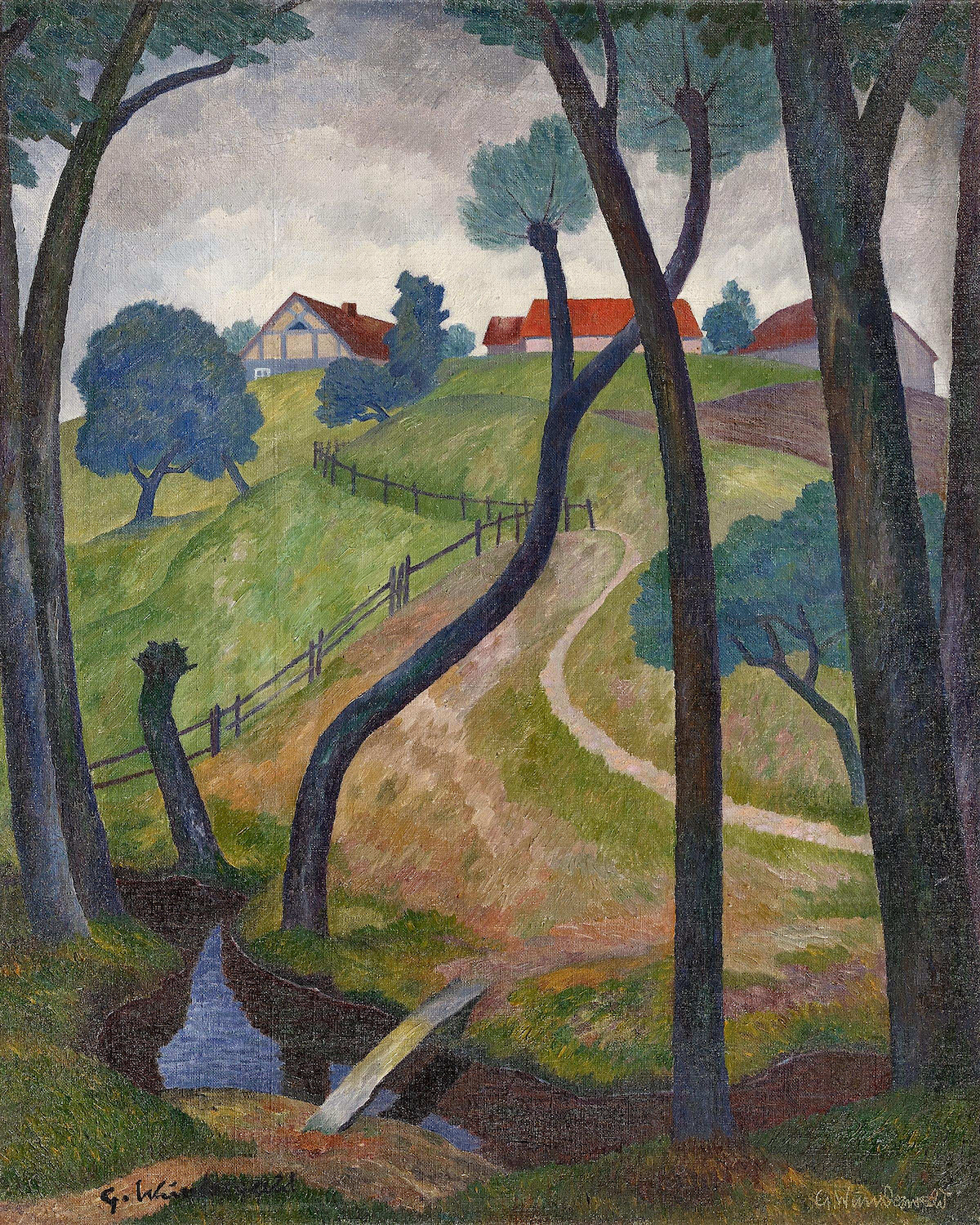
Ostpreussenlandschaft (Brücke) East Prussian landscape Object type painting – circa 1923

Lauben (hinter Fabriken)”. Oil on canvas. c. 1923.
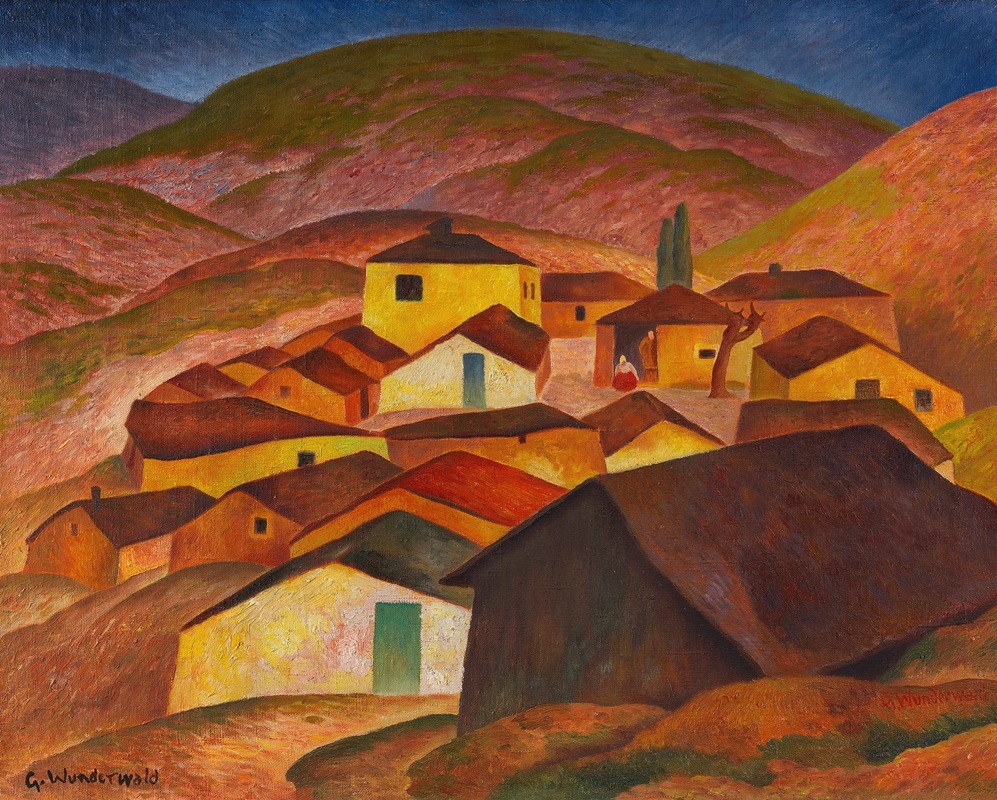
Gebirgsdorf in Mazedonien (1918)
Buy Gustav Wunderwald art in the shop
Would you like to support Flashbak?
Please consider making a donation to our site. We don't want to rely on ads to bring you the best of visual culture. You can also support us by signing up to our Mailing List. And you can also follow us on Facebook, Instagram and Twitter. For great art and culture delivered to your door, visit our shop.
